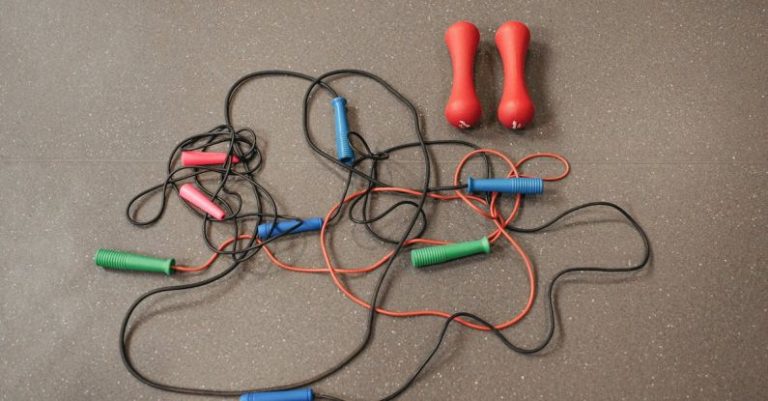Pioneering Uses of Composites in Renewable Energy Technologies
As the world continues to shift towards sustainable energy sources, the role of composites in renewable energy technologies is becoming increasingly significant. Composites, materials made from two or more constituent materials with different properties, have proven to be crucial in enhancing the efficiency and durability of renewable energy systems. From wind turbines to solar panels, composites are pioneering new uses in the renewable energy sector, driving innovation and sustainability forward.
**Enhancing Wind Turbines Efficiency**
Wind energy is a clean and abundant source of renewable energy, and wind turbines play a vital role in harnessing this power. Composites have revolutionized the design and manufacturing of wind turbine blades, making them longer, lighter, and more durable. By using composites such as fiberglass or carbon fiber reinforced polymers, manufacturers can create blades that are not only stronger but also more aerodynamic, allowing for increased energy capture and improved efficiency.
**Solar Panels Reinforced with Composites**
Solar energy is another key player in the renewable energy sector, and composites are being used to enhance the performance and longevity of solar panels. By incorporating composites into the structure of solar panels, manufacturers can improve their strength, reduce weight, and increase resistance to environmental factors such as hail or extreme temperatures. These advancements are crucial in making solar energy more reliable and cost-effective, paving the way for wider adoption of solar power systems.
**Energy Storage Solutions with Composites**
In addition to improving the efficiency of renewable energy generation, composites are also making strides in energy storage solutions. Composites are being used to develop lightweight and high-strength materials for energy storage devices such as batteries and supercapacitors. By utilizing composites in energy storage technologies, researchers are working towards creating more efficient and sustainable energy storage solutions that can help overcome the intermittency challenges of renewable energy sources.
**Offshore Wind Farms and Composites**
Offshore wind farms are playing an increasingly important role in meeting the world’s energy demands, and composites are at the forefront of enhancing the performance and longevity of offshore wind structures. Composites are being used to create durable and corrosion-resistant materials for offshore wind turbine foundations and support structures. These materials are essential in ensuring the reliability and long-term viability of offshore wind farms, which are exposed to harsh marine environments.
**Composite Materials for Hydroelectric Power**
Hydroelectric power is one of the oldest forms of renewable energy, and composites are being integrated into the design and construction of hydroelectric facilities to improve their efficiency and sustainability. Composites are used to reinforce concrete structures, such as dams and penstocks, to increase their strength and durability. By incorporating composites into hydroelectric facilities, engineers can extend the lifespan of these structures and enhance their performance, contributing to the long-term viability of hydroelectric power generation.
**Towards a Sustainable Future**
The pioneering uses of composites in renewable energy technologies are driving innovation and sustainability in the energy sector. From enhancing the efficiency of wind turbines and solar panels to improving energy storage solutions and supporting offshore wind farms and hydroelectric facilities, composites are playing a crucial role in advancing renewable energy systems. As the world continues to prioritize sustainability and combat climate change, the integration of composites into renewable energy technologies will be key to achieving a cleaner and more sustainable future.






